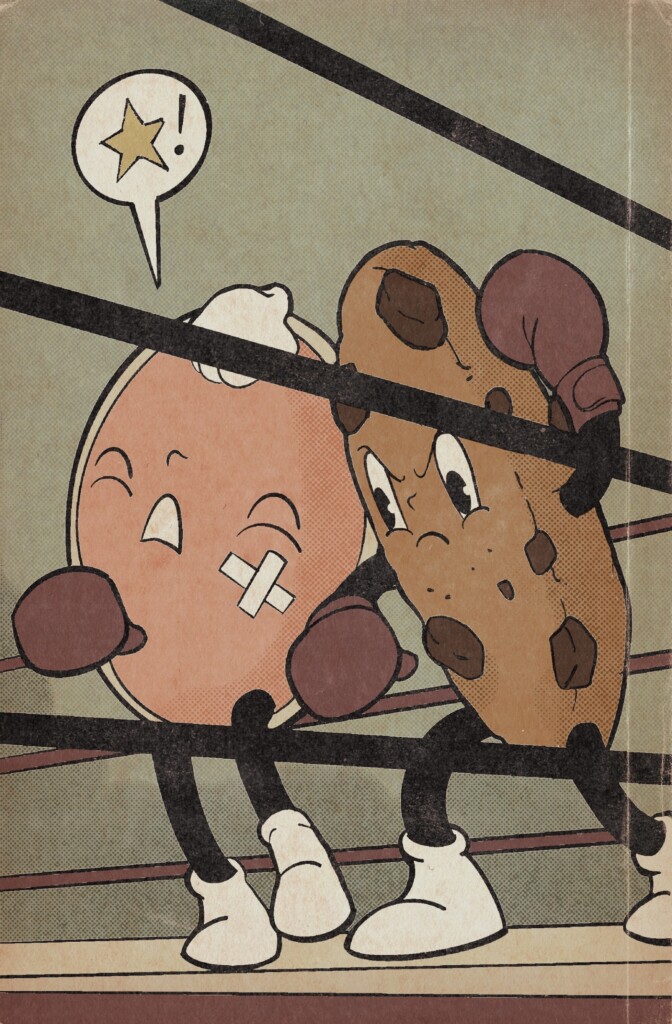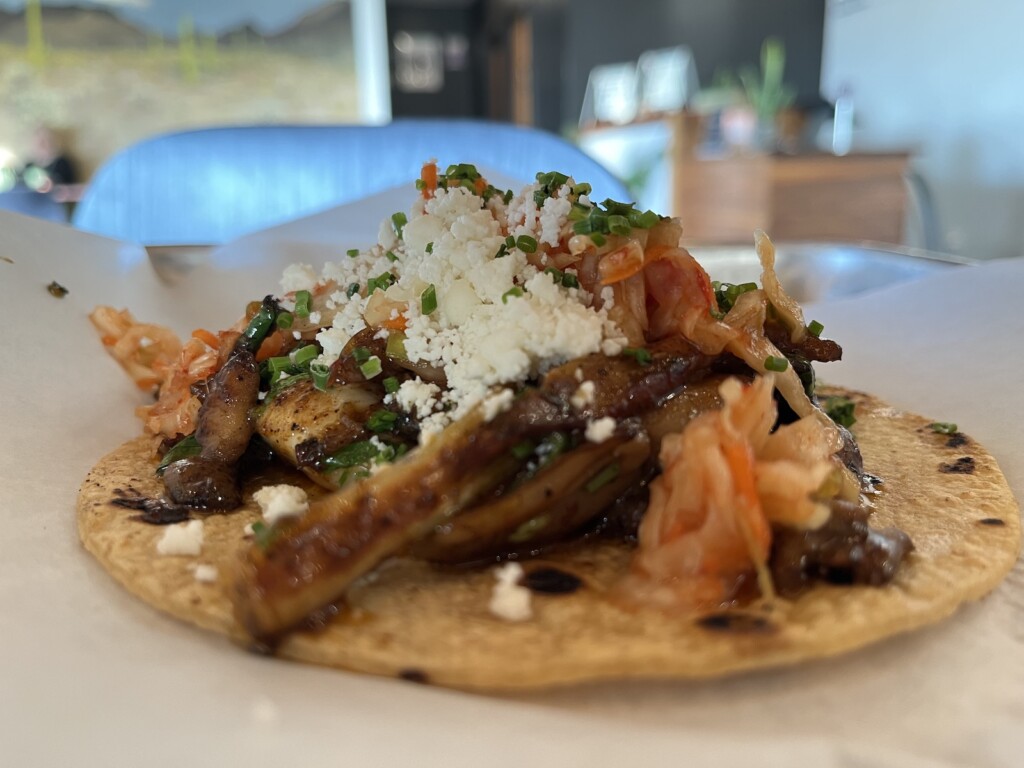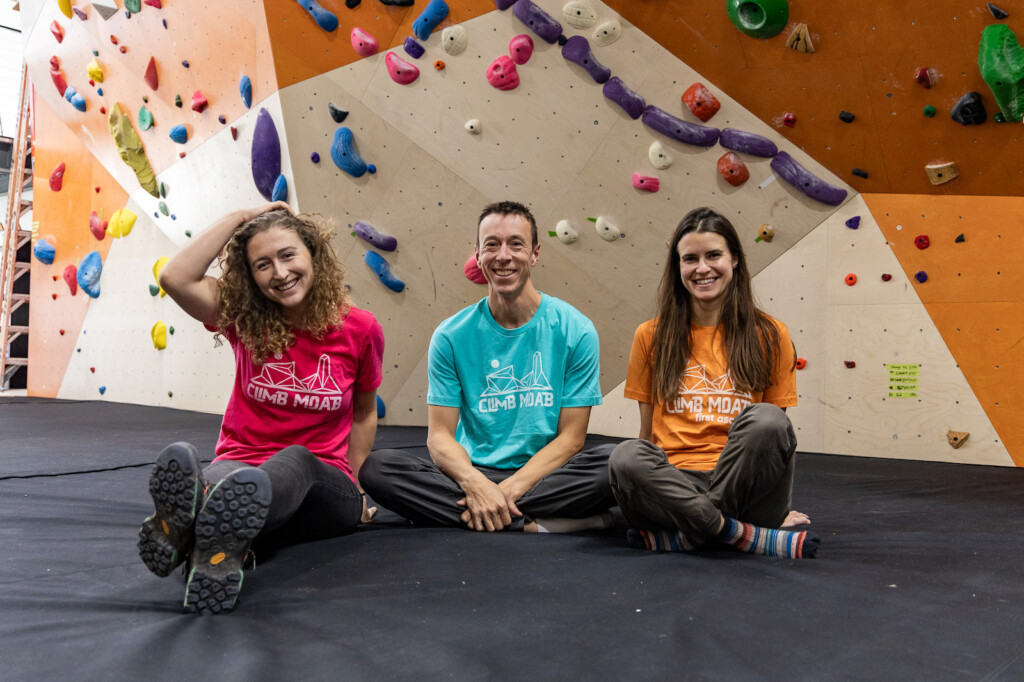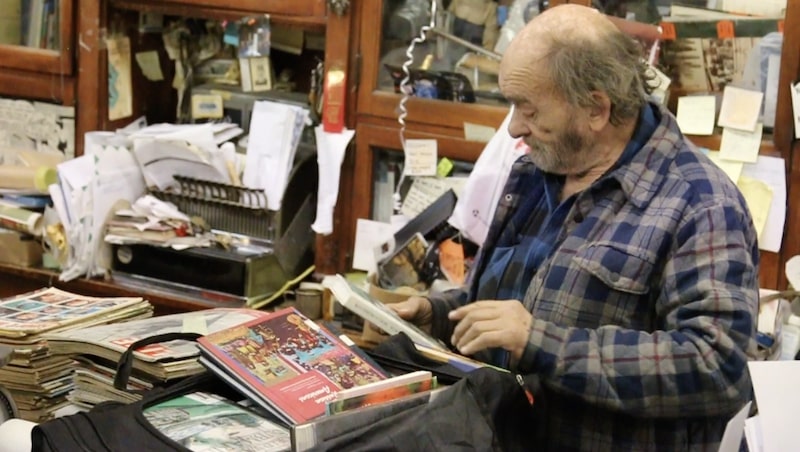
Downtown Salt Lake City’s Main Street is probably best known as the home of Temple Square, where millions of lights (usually, but not this year) shine around the reflecting pond that rests just outside of the 130-year-old Mormon temple. Downtown is the place where pious Latter-Day Saints worship and do billions of dollars of business, from banking, to insurance, to books, publishing and broadcasting in dozens of buildings throughout the city.
But Salt Lake City has always had a strong counter-cultural element. As for gaining a greater understanding of the weird and macabre stories ― that touch on the darker element of a people who attempt to please God in their worship and in their works, Pete Marshall’s Utah Book and Magazine Shop is something like a caretaker of a museum on the other side of Salt Lake City.
Pete’s family has done business in Salt Lake City for nearly 100 years, and Pete’s shop is one of the last window-display shops that celebrates the seasons and the holidays with a well-thought-out display that includes “Letters to Santa”, faces of elves, and dozens of antique Santa figurines throughout the ages, which Pete says, “aren’t for sale.”
Inside, Pete and sister Helen might look a bit rough around the edges, but they are always happy to greet customers and help them find the perfect gift. Today, I’m seeking stories. Pete, never one to disappoint, shares three stories that describe the seedy underbelly of Salt Lake City.
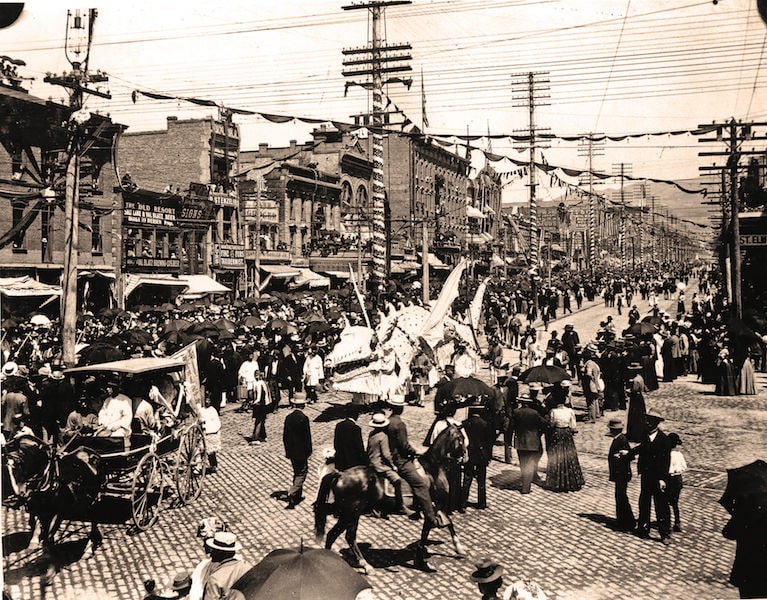
Pete shares with me first the story of how, when he was eight-years old, his father, uncle and older brother were asked by Harvey Lee Scheen, the unofficial Mayor of Plum Alley, to come and clear everything out. “You can take anything you want and it’s all free.” Sheen had brokered a deal that would end in the demolition of one of Salt Lake City’s most notorious blocks.
“We got robes, knives, jewelry, tons of furniture … The secretaries were solid cherry wood, there was so much stuff in there,” Pete tells me.
“Wasn’t Plum Alley a place where there was an opium den and a brothel?”
“Yes, we got a bunch of opium pipes. And these big silk robes with dragons on them.”
Pete informed me that the Chinese Tong (gang) operated Plum alley, and the men all carried around hatchets with them, and sometimes they were brutal in their in-fighting.
The Tong were responsible for assisting Chinese immigrants in finding jobs, homes and integrating into western culture beginning around the turn-of-the-century. The Tong were described as a “secret society” of a sworn brotherhood, and they had affiliations with Chinese organized crime syndicates that were in every Chinatown in America.
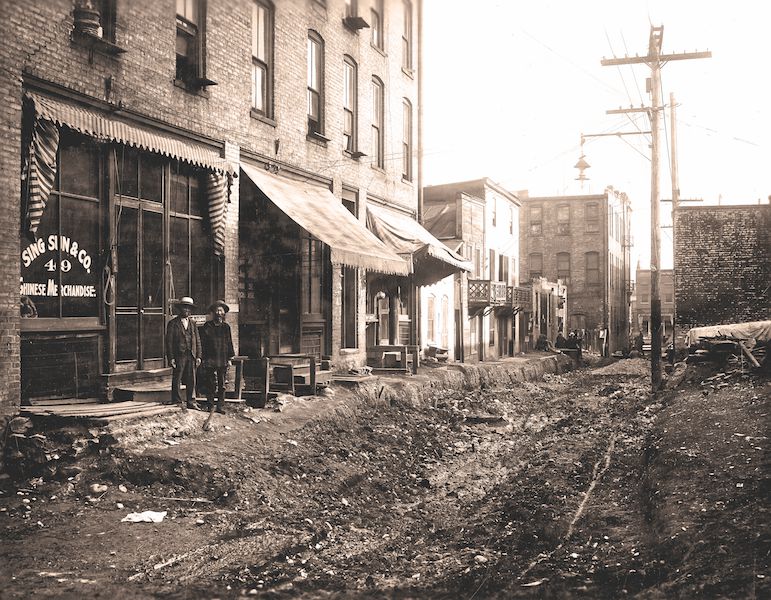
The organization’s base of power was centered in San Francisco, and the growth of Chinatowns all across America were the result of the initial hostility that Chinese immigrants faced when they landed in America. Like most new immigrants, they were accused of “stealing jobs” and displacing workers. Today, however, every national Transcontinental train museum, including the one in Ogden, Utah, credits the 12,000 Chinese immigrants who helped build the Central Pacific Railway from Sacramento to Promontory, Utah, the site where the Transcontinental Railroad was completed on May 10, 1869. Without their dedicated, tireless labor the job could have been completed. But exclusionary acts and laws prevented Chinese from integrating into western society until those laws were repealed in 1945.
Peter’s father was a friend of Scheen’s and he made friends with them, so when it was determined that Salt Lake City was going to bulldoze Plum Alley to make way for the first Salt Palace Convention Center, Harvey Lee Scheen knew just the person to call on to clear the place out.
“After that, they just scattered around the valley everywhere,” says Marshall.
Plum Alley and Chinatown only exist in the memories of those who still remember this very vibrant part of downtown that was home to restaurants, laundry’s, brothels and gangs, but also hundreds of hard-working people who helped build Salt Lake City and the west into what it is today. The Chinatown of Salt Lake City today is at the Chinatown Supermarket located at 3390 South State.
WATCH THE VIDEO:
Utah Stories is collecting Main Street Stories. Listen to Peter describe two other famous stories regarding the other side of Salt Lake City where he recounts the massive blast that rocked Salt Lake City on the day that the Judge Building in downtown was bombed by Mark Hoffman, who built and delivered a homemade pipebomb to Christensen.
RELATED STORIES
Plum Alley: Chinatown was Downtown
The Main Street Divide: Remembering Main Street Salt Lake City of Christmas Past
Pete Marshall Has No Issues with the 24 Ghosts Who Inhabit His Shop


